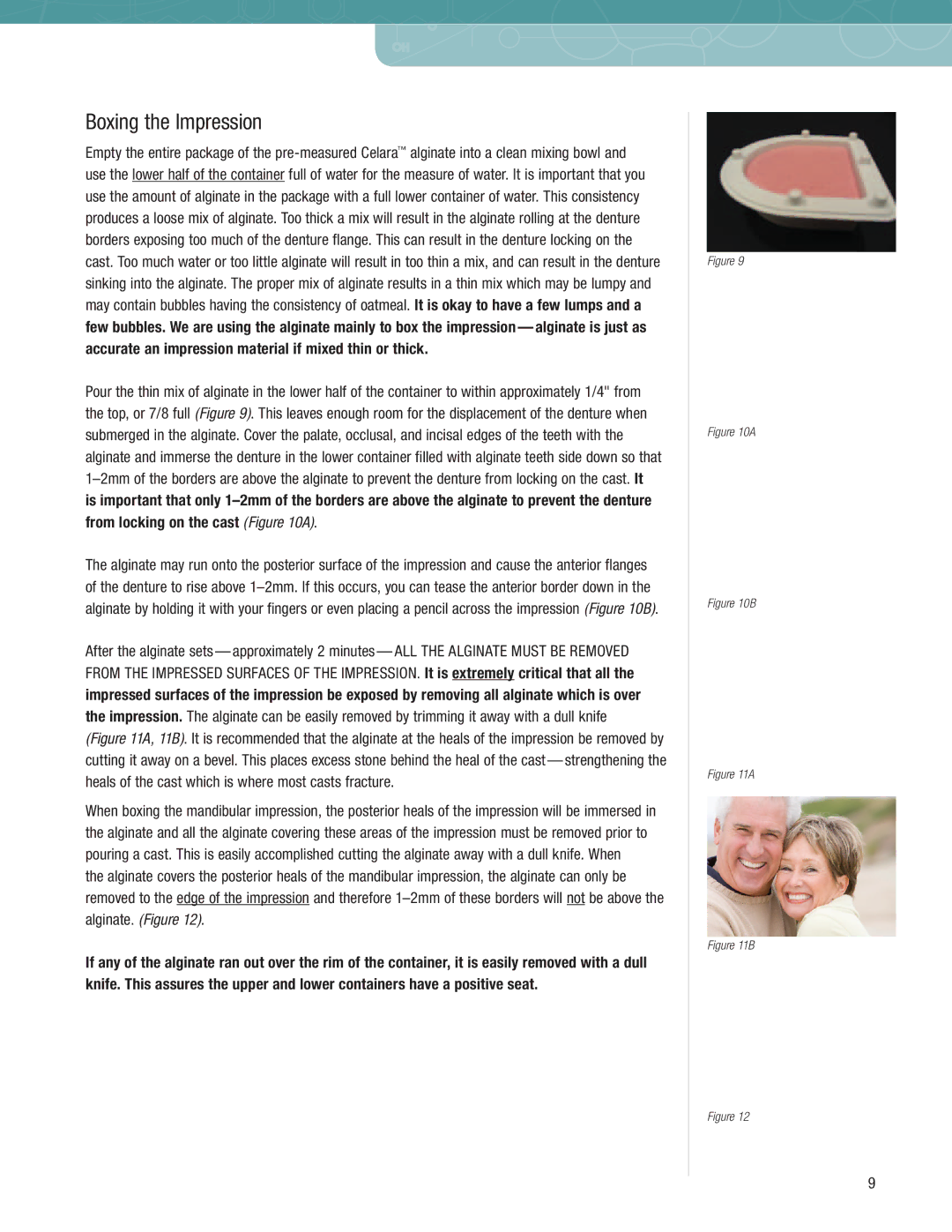ESPE specifications
3M ESPE is a prominent brand in the dental industry, recognized for its innovative materials and technologies that enhance the quality of oral healthcare. Formed as part of 3M's expansive portfolio, ESPE specializes in dental products ranging from restorative materials to preventive solutions, embodying the company's commitment to improving patient care and clinical performance.One of the standout features of 3M ESPE is its focus on advanced material science. The brand has pioneered several products that utilize nanotechnology, which enhances strength and aesthetic appeal, making dental restorations more durable and lifelike. An example of this is the 3M Filtek Supreme Universal Restorative, renowned for its superior polishability and resistance to staining. This material not only mimics the appearance of natural teeth but also withstands the test of time against the rigors of daily use.
In addition to restorative materials, 3M ESPE offers a wide array of bonding agents and adhesives. The Scotchbond Universal Adhesive revolutionized dental adhesion by simplifying the bonding process. Designed for use with both direct and indirect applications, this adhesive combines high bond strength with ease of use, enabling clinicians to achieve reliable and predictable results with minimal steps.
Another noteworthy aspect is 3M ESPE's dedication to preventive dentistry. With products like 3M Clinpro Sealant, the brand addresses the need for protective treatments in caries prevention. This flowable sealant provides excellent cavity sealing properties while being easy to apply, supporting dental practitioners in promoting long-term oral health for their patients.
Furthermore, 3M ESPE emphasizes user-friendly workflows through innovations like digital dentistry solutions. The introduction of 3M True Definition Scanner exemplifies the company's proficiency in digital technology, allowing for precise digital impressions that enhance the fit and outcome of restorations. By integrating these digital tools into everyday practice, clinicians can streamline their workflows and improve overall patient experiences.
In conclusion, 3M ESPE has established itself as a leader in the dental industry through its commitment to innovation, quality, and comprehensive solutions. With a versatile portfolio that spans restorative, preventive, and adhesive products, the brand continues to empower dental professionals, ensuring they can deliver exceptional care to their patients while advancing the field of dentistry.

